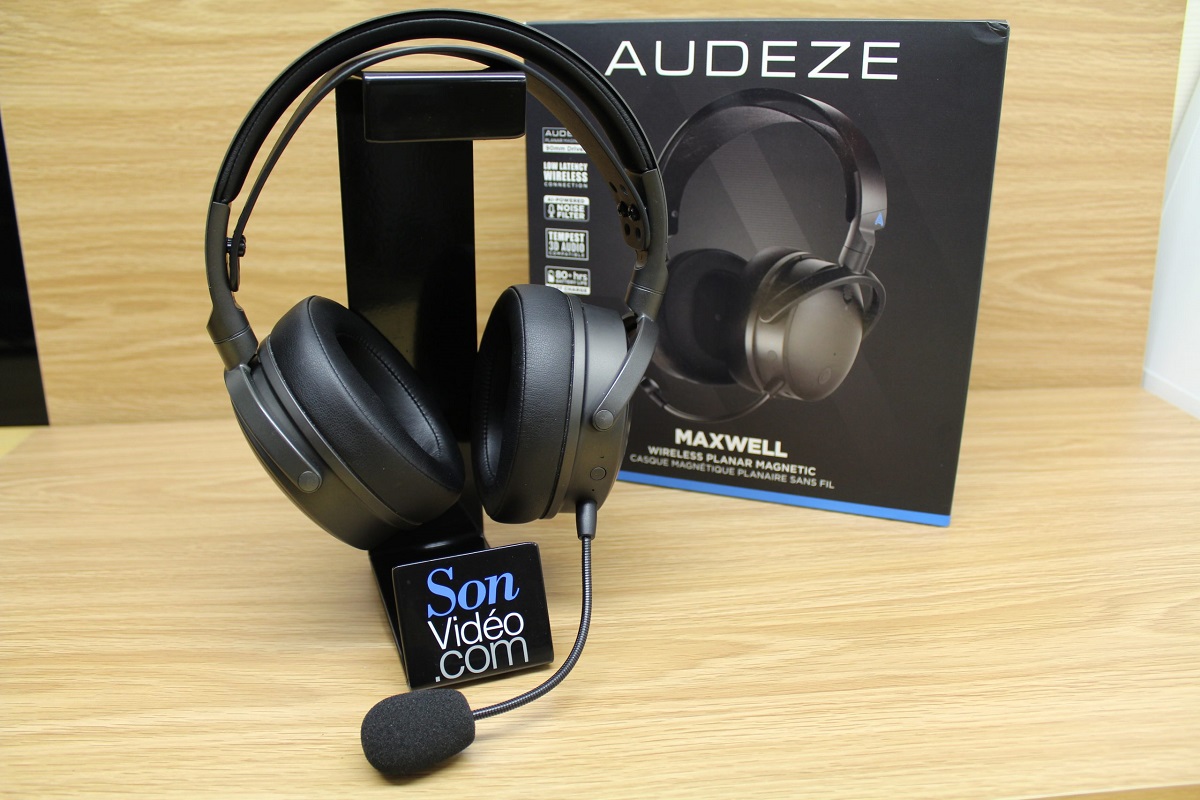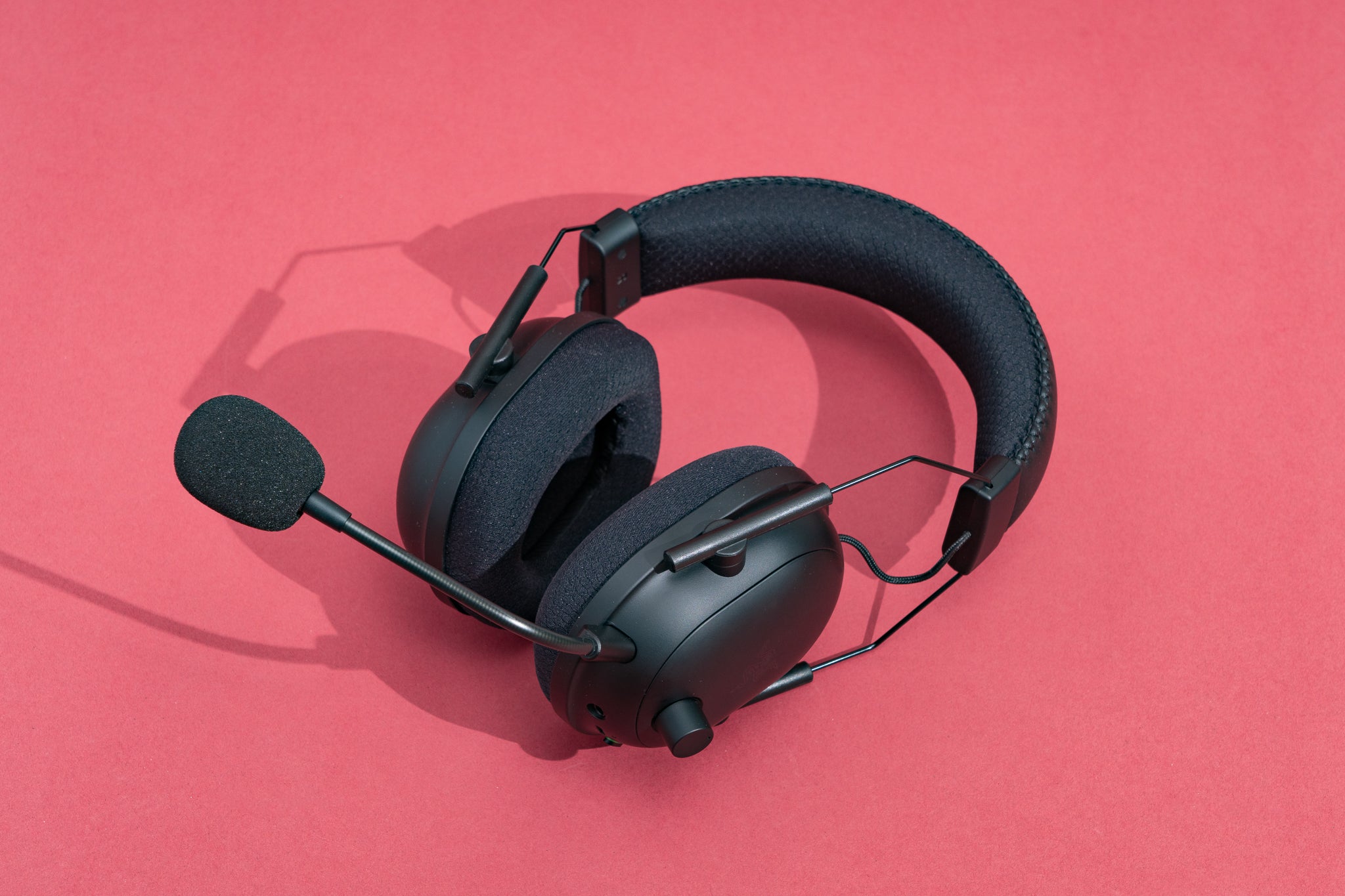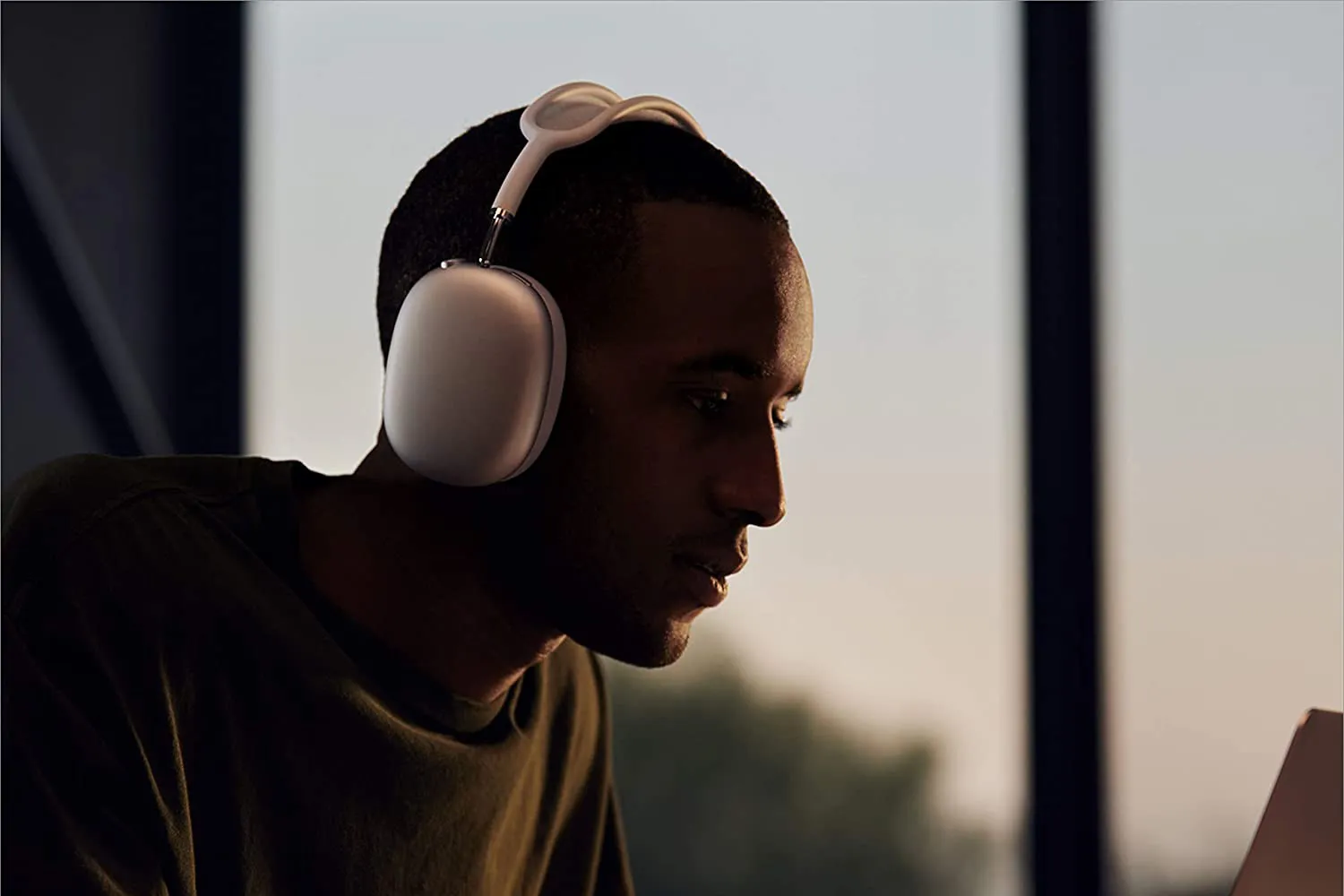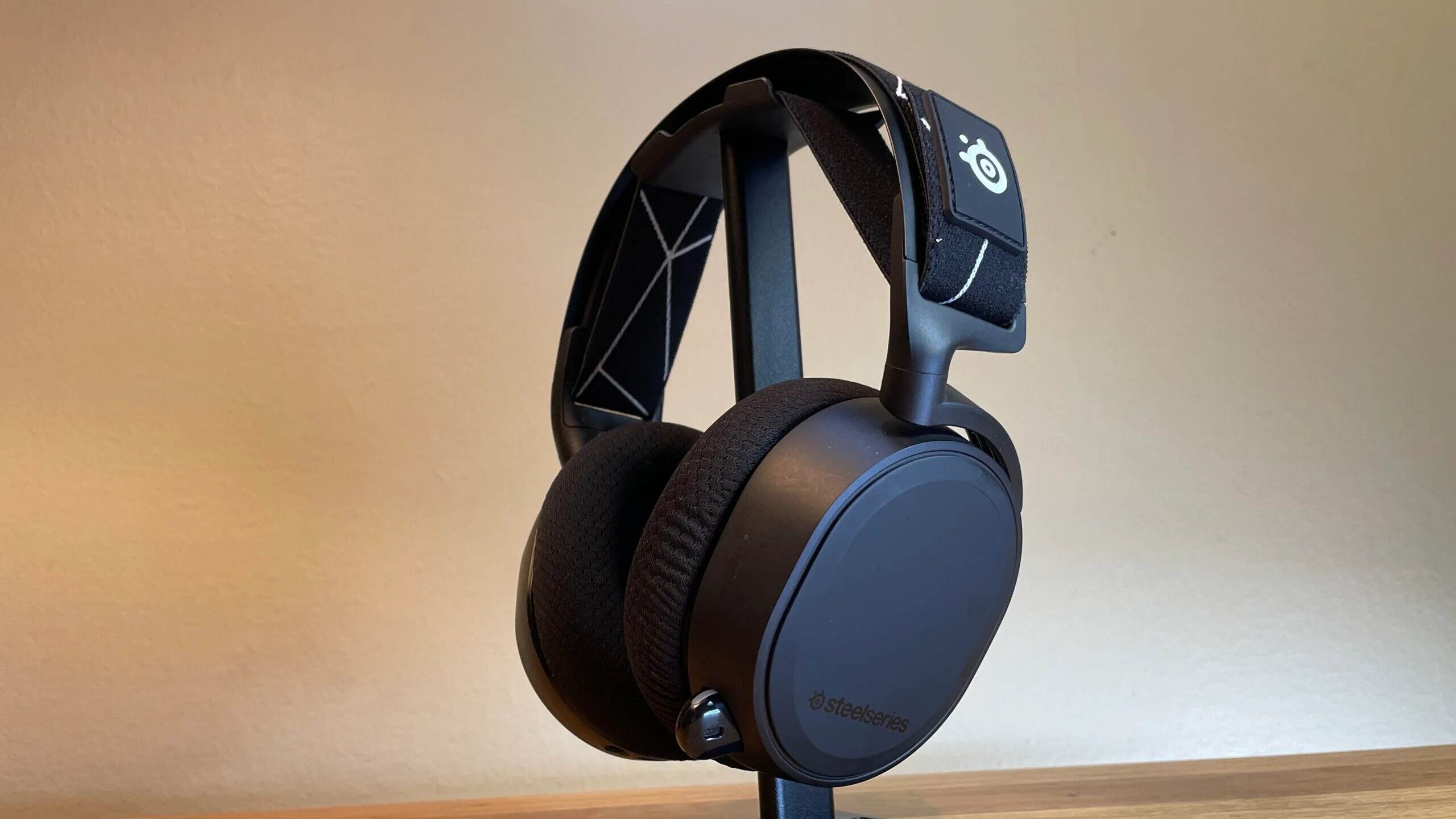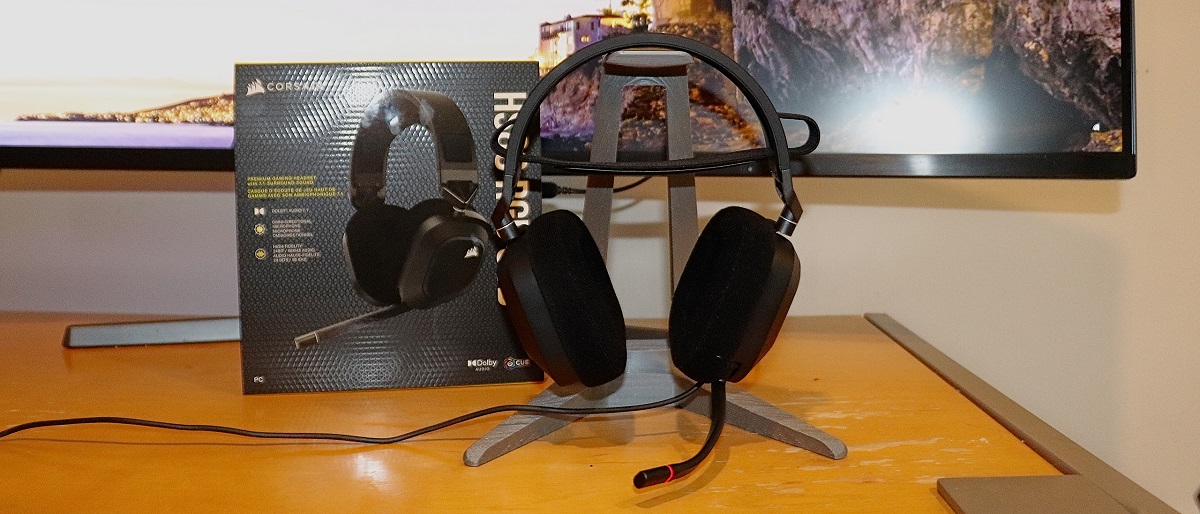What is Headset Sidetone?
Headset sidetone is a feature found in many modern headsets and headphones that allows the user to hear their own voice in the earpieces while speaking. This means that when you speak into the microphone, you can hear your own voice played back through the headset. It's like having a real-time audio loop of your voice, providing immediate feedback as you speak.
This feature is particularly useful in situations where the user needs to maintain awareness of their own voice while wearing headphones or a headset. For example, in a noisy environment, such as a bustling office or a crowded coffee shop, it can be challenging to gauge the volume of your own voice when you're wearing noise-canceling headphones. With sidetone, you can hear yourself speaking, which helps you modulate your voice volume more effectively.
Headset sidetone is also beneficial during phone calls or online meetings. When using a headset with sidetone enabled, the user can avoid speaking too loudly or too softly, resulting in clearer and more natural communication. This can enhance the overall quality of the conversation and reduce the likelihood of misunderstandings due to volume fluctuations.
Moreover, sidetone can be especially helpful for individuals who are new to using headphones or headsets with microphones. It can feel disorienting to speak without hearing your own voice, and sidetone addresses this by providing a familiar auditory feedback loop.
In gaming, sidetone can contribute to a more immersive experience. By allowing gamers to hear their own voices, it creates a sense of presence and connection to the virtual environment. This can be particularly valuable in multiplayer games where clear communication is crucial for teamwork and strategy.
Overall, headset sidetone offers a practical and user-friendly solution to the challenge of maintaining vocal awareness while using headphones or headsets with microphones. It enhances communication clarity, fosters a more natural speaking experience, and contributes to a more immersive audio environment across various settings and activities.
How Does Headset Sidetone Work?
Headset sidetone operates through a simple yet effective mechanism. When you speak into the microphone of a headset or headphones with sidetone functionality, the device captures your voice and processes it in real time. The processed audio is then fed back into the earpieces of the headset, allowing you to hear your own voice alongside the incoming audio from the call, game, or other sources.
This process is facilitated by the headset's built-in circuitry and software. The microphone picks up the sound of your voice, which is then transmitted to the device's processor. The processor applies a minimal delay to the captured voice audio and plays it back through the earpieces. This creates a seamless loop where your voice is captured, processed, and immediately played back to you, all in a fraction of a second.
The implementation of sidetone varies among different headsets and headphones. Some devices feature adjustable sidetone levels, allowing users to control the volume of their own voice in the earpieces. This customization can cater to individual preferences and environmental factors, such as the level of ambient noise. Additionally, certain headsets enable users to toggle sidetone on or off, providing flexibility based on specific communication needs or personal preferences.
From a technical standpoint, sidetone is a relatively straightforward feature, yet its impact on user experience and communication quality should not be underestimated. By providing real-time feedback of the user's voice, sidetone fosters a more natural and intuitive speaking experience, particularly in scenarios where external factors may hinder vocal self-awareness.
In gaming, the implementation of sidetone can be further enhanced to integrate with in-game communication systems, enabling seamless coordination among players. This integration allows gamers to maintain awareness of their own voices while engaging in strategic discussions or coordinating tactics within the game environment.
Overall, the functionality of headset sidetone is rooted in its ability to capture and relay the user's voice in real time, contributing to clearer communication, enhanced vocal self-awareness, and a more immersive audio experience across various applications and settings.
The Purpose of Headset Sidetone
The primary purpose of headset sidetone is to address the challenge of vocal self-awareness when using headphones or headsets with microphones. In various scenarios, such as making phone calls, engaging in online meetings, gaming, or simply navigating a noisy environment, maintaining a natural and consistent speaking volume can be difficult without the ability to hear one's own voice. Headset sidetone serves as a practical solution to this issue by providing real-time auditory feedback to the user.
When wearing noise-canceling headphones or being immersed in a bustling environment, individuals often struggle to gauge the volume of their own speech. This can result in unintentionally speaking too loudly or too softly, leading to communication challenges and potential misunderstandings. Headset sidetone addresses this by allowing users to hear their own voices as they speak, enabling them to adjust their volume and tone accordingly. This fosters clearer and more natural communication, whether it's during a professional call, a virtual team meeting, or an intense gaming session.
Moreover, for individuals new to using headphones or headsets with microphones, speaking without the ability to hear their own voices can feel disorienting. Sidetone provides a familiar auditory feedback loop, helping users acclimate to the experience more comfortably. This can be particularly valuable in professional settings where clear and confident communication is essential.
In the realm of gaming, sidetone contributes to a more immersive experience. By allowing gamers to hear their own voices alongside the in-game audio, it creates a sense of presence and connection to the virtual environment. This is especially beneficial in multiplayer games where effective communication is pivotal for teamwork and strategizing.
The purpose of headset sidetone extends beyond individual user experience to encompass the quality of communication in various contexts. By facilitating vocal self-awareness and natural speech modulation, sidetone enhances the overall clarity and effectiveness of conversations, contributing to a more seamless and engaging interaction.
In essence, the purpose of headset sidetone is to empower users with the ability to maintain vocal self-awareness, modulate their speech naturally, and enhance communication clarity across diverse settings and activities. It serves as a user-centric feature that elevates the overall audio experience, whether in professional communication, gaming, or everyday interactions.
Benefits of Using Headset Sidetone
Headset sidetone offers a multitude of benefits that significantly enhance the user experience across various applications and settings. By providing real-time auditory feedback of the user's own voice, sidetone fosters a more natural and intuitive speaking experience, contributing to clearer communication and heightened user comfort.
1. Enhanced Vocal Self-Awareness
The foremost benefit of using headset sidetone is the heightened vocal self-awareness it provides. When wearing headphones or a headset with sidetone enabled, individuals can maintain a clear understanding of their speaking volume and tone. This heightened awareness enables users to modulate their voice more effectively, leading to improved communication clarity and reduced instances of speaking too loudly or softly.
2. Natural Speaking Experience
Sidetone facilitates a more natural speaking experience by allowing users to hear their own voices in real time. This feature is particularly valuable in noisy environments or during phone calls and online meetings, where maintaining a natural speaking volume can be challenging. With sidetone, individuals can converse with greater confidence, knowing that they are projecting their voices at an appropriate level.
3. Immersive Gaming Experience
In the realm of gaming, sidetone contributes to a more immersive experience by connecting players to the virtual environment. By hearing their own voices alongside in-game audio, gamers feel more present within the game world, enhancing their overall gaming experience. This is especially beneficial in multiplayer games where effective communication is crucial for teamwork and strategizing.
4. Acclimation for New Users
For individuals new to using headphones or headsets with microphones, sidetone provides a familiar auditory feedback loop, easing the transition into this technology. The ability to hear one's own voice while speaking can alleviate the disorientation often experienced by new users, allowing them to acclimate more comfortably to the headset or headphone experience.
5. Clarity in Communication
By fostering vocal self-awareness and natural speech modulation, sidetone contributes to the overall clarity and effectiveness of conversations. Whether in professional calls, virtual meetings, or casual conversations, the ability to hear one's own voice enhances communication clarity, reducing the likelihood of misunderstandings and improving overall interaction quality.
6. Personalized Settings
Certain headsets offer adjustable sidetone levels, allowing users to customize the volume of their own voices in the earpieces. This customization caters to individual preferences and environmental factors, such as the level of ambient noise. Additionally, the ability to toggle sidetone on or off provides flexibility based on specific communication needs or personal preferences.
In essence, the benefits of using headset sidetone encompass enhanced vocal self-awareness, a more natural speaking experience, an immersive gaming environment, acclimation support for new users, improved communication clarity, and personalized settings. These advantages collectively elevate the overall user experience, making sidetone a valuable and user-centric feature in modern headsets and headphones.
How to Adjust Headset Sidetone Settings
Adjusting headset sidetone settings allows users to personalize their auditory experience based on individual preferences and environmental factors. While the specific process may vary depending on the headset or headphones being used, the general steps for adjusting sidetone settings are relatively straightforward.
-
Understanding the Headset Controls: Begin by familiarizing yourself with the controls and features of your headset. Many modern headsets come with dedicated buttons or switches for adjusting sidetone settings, often located on the ear cups or inline with the headset cable. Additionally, some headsets may offer the option to adjust sidetone levels through accompanying software or mobile apps.
-
Accessing Device Settings: If your headset provides the option to customize sidetone levels, locate the appropriate settings within the device interface. This may involve accessing the headset's companion app on a mobile device or navigating through the settings menu on a computer or gaming console.
-
Adjusting Sidetone Levels: Once you have accessed the sidetone settings, you can typically adjust the sidetone level to your preference. This adjustment may be presented as a slider or numerical scale, allowing you to increase or decrease the volume of your own voice in the earpieces. By experimenting with different levels, you can find the setting that best suits your comfort and communication needs.
-
Testing and Fine-Tuning: After making adjustments to the sidetone level, it's beneficial to test the settings in a practical scenario, such as a phone call, online meeting, or gaming session. This allows you to gauge the impact of the sidetone level on your speaking experience and make any necessary fine-tuning to achieve the desired balance between hearing your own voice and incoming audio.
-
Utilizing Additional Features: Some advanced headsets offer additional features related to sidetone customization, such as the ability to toggle sidetone on or off with a dedicated button or to adjust sidetone levels in real time using the headset controls. Familiarize yourself with these features to fully optimize your sidetone experience.
-
Considering Environmental Factors: When adjusting sidetone settings, consider the environmental factors that may impact your speaking experience, such as ambient noise levels. In noisy environments, a higher sidetone level may be beneficial for maintaining vocal self-awareness, while in quieter settings, a lower sidetone level may suffice.
By following these steps and taking advantage of the available features, users can customize their headset sidetone settings to align with their individual preferences and communication requirements. This personalization enhances the overall user experience, contributing to clearer communication and heightened comfort across diverse usage scenarios.







